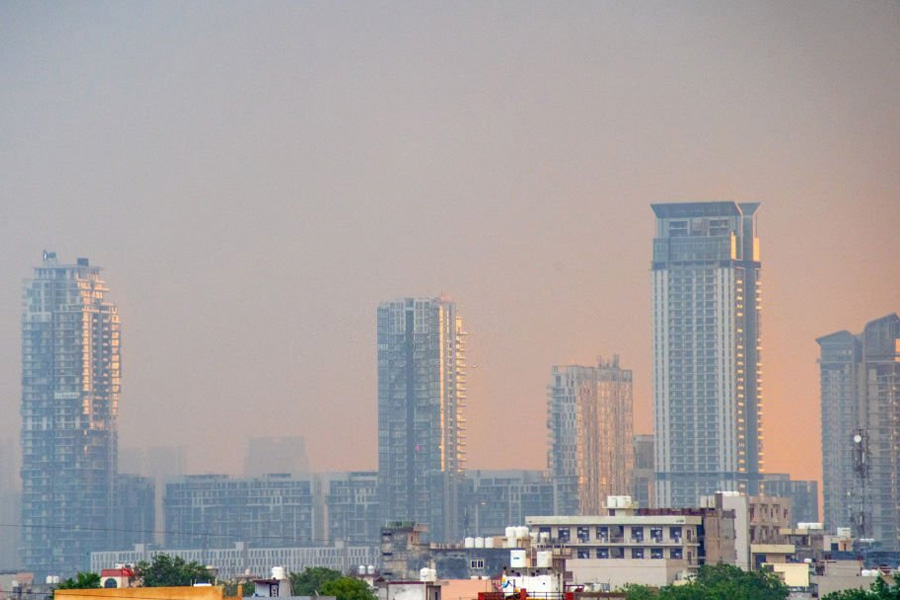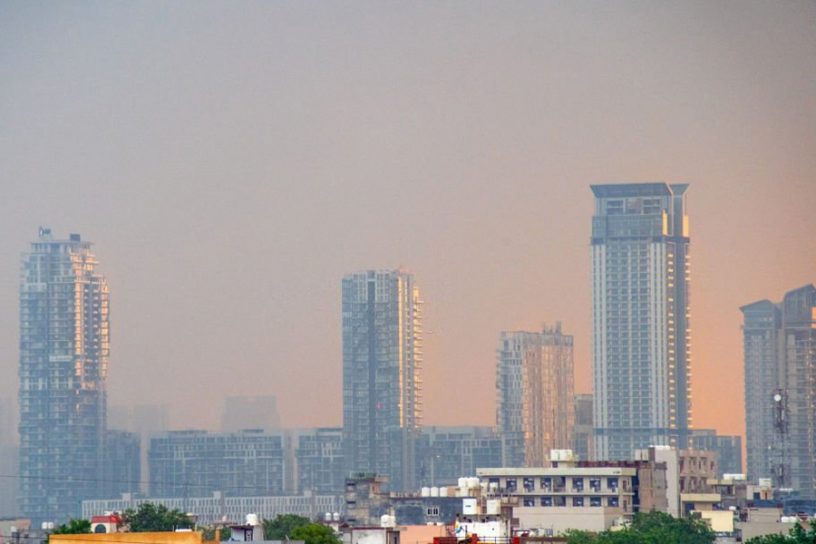
This research shows that ambient PM2.5 and PM10 levels rapidly spiked in the Post Lockdown period, indicating re-emergence of pollution-induced health concerns in Gurugram.
Authors
Sriroop Chaudhuri, Co-Director, Center for Environment, Sustainability and Human Development (CESH), Jindal School of Liberal Arts and Humanities, O.P. Jindal Global University, Sonipat, Haryana, India.
Arvaan Kumar, Global Reporting Initiative (GRI), South Asia, C/O, BSI Group India, Mira Corporate Suites, Plot No. 1 & 2, Ishwar Nagar, Mathura Road, New Delhi, India.
Summary
We aim to make the authorities aware about re-emergence of health risks for Gurugram City, keyed to renewal of air pollution in the post-COVID 19 times. We compute multiple Air Quality Health Indicators (AQHI) for Pre-Lockdown (denoted as Pre LD; pre-COVID normal life; March 5-25, 2020), COVID-19 Lockdown (LD; March 25 – May 31), Un-Lockdown (UNLD; June 1 – August 31) and Post-Lockdown (Post LD life-as-usual conditions; September 1, 2020 – January 31, 2021) using 24-hour, time-weighted average ambient PM2.5 and PM10 concentrations, obtained from the Central Pollution Control Board.
Results indicated that beyond initial reductions in ambient PM2.5 and PM10 levels in the LD period, they (i) persisted above international/national regulatory thresholds all along the study period; and (ii) rapidly spiked in the Post LD period, indicating re-emergence of pollution-induced health concerns.
We computed a suit of AQHIs including all-cause mortality for children and infant (5-yr age); respiratory mortality for all age groups; and cardiopulmonary and cancer mortality.
Relative risk factor (RR) for all the above have grown in the Post LD periods, with children and infants appearing more vulnerable than other age groups.
We highlight to the authorities of short (YLL,YLD, DALY) and long-term benefits of undertaking air quality-health research. We also reflect on potential sources of uncertainties, and underscored main areas for future research to establish statistically meaningful relationships between air quality and health.
Published in: Ecology, Environment and Conservation
To read the full article, please click here.


